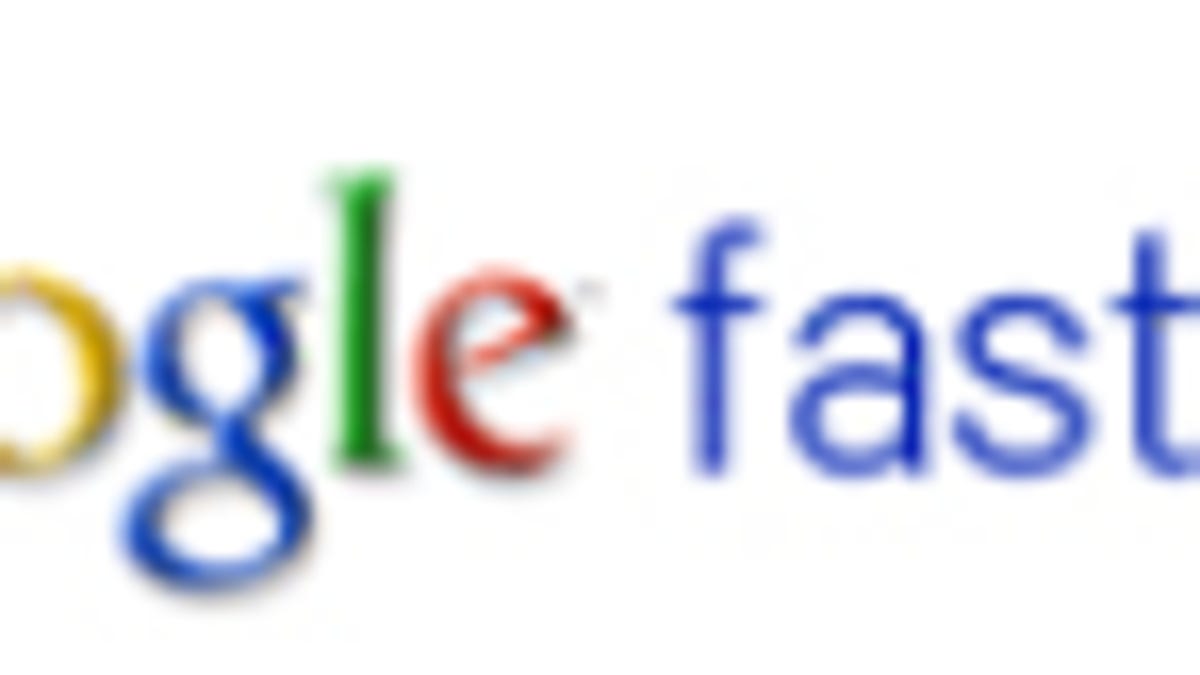Google Fast Flip: The platypus of news readers
Does the world need a news reader the behaves not like a Web browser or a printed magazine, but rather more like a microfilm reader?

Google on Monday released an experimental new content browser called Fast Flip that makes it possible to see a curated set of content sites using a physical "turn the pages" metaphor. Fast Flip pages are cached by Google and load very quickly, which is cool. And if your brain is stuck in 1969 and you want to pretend that new-fangled computer in front of you is a microfilm reader, it'll feel natural to use.
Fast Flip is a good solution for putting a magazine or newspaper online, and it makes scanning even a more modern Web feed really fast. But it still feels forced. It's an intermediate online format that gives you an experience that's even more linear than a print publication, and it provides less overall context than you can get from a moderately well-design Web site.
In Fast Flip, neither standard Web rules nor print layout concepts apply. For example, in Fast Flip, you can only scan left and right (page by page). You can't read down the page. If you click anywhere on the page, you leave Fast Flip and go to the Web. Links don't work. And multimedia doesn't work on the page either. Fast Flip previews are, in fact, flat graphics files, which explains their lack of interactivity. On the mobile versions of Fast Flip, zooming in on a column is likely to leave you with text at a readable size but displayed on a column that's too wide to read without scrolling back and forth, making the feature rather useless. Hey Google, wasn't HTML invented for a reason?
Fast Flip also displays Google ads alongside publisher content. I presume Google will share revenues with content providers, but this scheme does take control over advertising away from publishers.
Mind you, I'm not opposed to the creation of different ways to get people into stories. An old mantra in publishing is to provide "multiple entry points" for readers. If I get users to my pages from Fast Flip that I otherwise wouldn't get, who am I to argue? But Web designers have spent the past 10 years building sites that work in browsers, and Fast Flip by its existence tries to tell publishers that there's still life left in the old print-based, dead page model. I think we've moved beyond that.
Here's what I'd like to see instead: first, I agree with the Fast Flip designers that loading pages takes too long and that caching pages in a Web app is a good way to bring speed back to content browsing. But can we do it with real pages instead of static graphics? Second, the idea that there's a recommended linear reading order of pages on a site is intriguing, even if the order is simply chronological. But I don't think readers want to be locked in to that order. How about we give readers standard forward and back content navigation buttons (not browser forward and back) to take them through a site in addition to the hyperlinks they're used to?
Fast Flip is clearly an experiment, and as I said, if it gets more people to read online content, I'll applaud it for that alone. But I'm not going to actually like it from a technical perspective, or as a user, until it gives publishers, designers, and readers more control over their content.
See also: Zinio.

